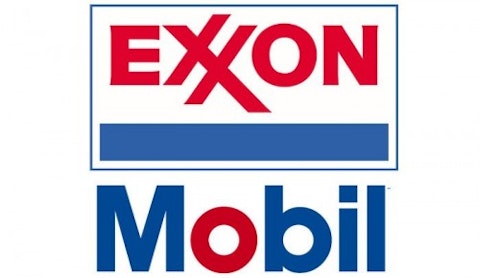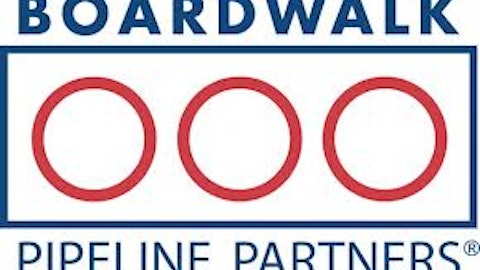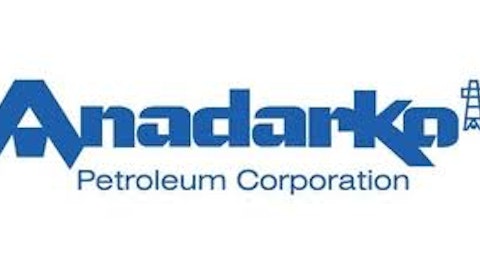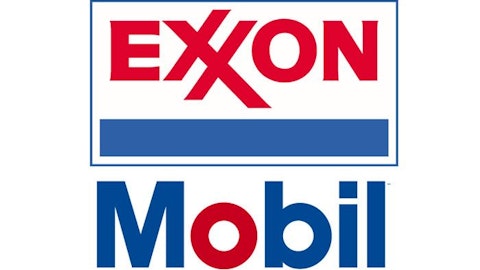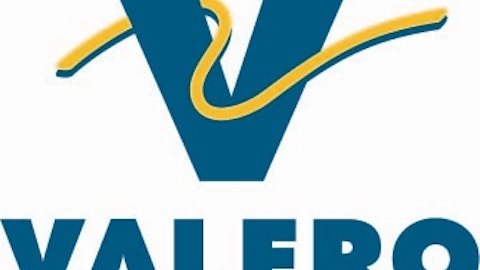We live in a world that has a seemingly unquenchable thirst for energy. Particularly in the emerging markets, it appears as if there’s no end to the amount of energy we consume. As a result, it shouldn’t be surprising the number of extremely profitable integrated oil majors that have pumped out steadily rising profits and dividends for their shareholders for many years.
There’s perhaps no better example of such a company than Exxon Mobil Corporation (NYSE:XOM), the world’s most valuable company at its recent $409 billion market capitalization. With a history that places it among corporate America’s elite businesses, the question for investors now is whether Exxon Mobil can keep its shareholder returns gushing higher in the years ahead.
Truly a legendary company
From its humble beginnings as Standard Oil, Exxon Mobil Corporation (NYSE:XOM) has evolved over the last 125 years to become a global juggernaut.
Year in and year out, Exxon provides its investors with steady operating results and quarterly dividend payments.
Even better, over the past few decades, Exxon Mobil Corporation (NYSE:XOM) has committed itself to raising its shareholder payout on an annual basis. To that end, Exxon Mobil increased its dividend by 21% in 2012 and then again by 11% early this year.
This year’s dividend bump represented the 31st consecutive annual dividend increase from Exxon Mobil. According to the company, its dividend has grown by 6% compounded annually over the past 30 years.
Of course, Exxon Mobil Corporation (NYSE:XOM) isn’t alone when it comes to energy giants with strong businesses. Competitors ConocoPhillips (NYSE:COP) and Chevron Corporation (NYSE:CVX) share the playing field with Exxon and treat their shareholders equally well.
ConocoPhillips (NYSE:COP) yields in excess of 4% at recent prices and reported strong first-quarter operating results. The company realized 3% growth in adjusted earnings per share through the first three months of the year. Moreover, the company directs investors to the progress being made on several of its growth priorities, including two significant oil discoveries in the Gulf of Mexico.
For its part, Chevron Corporation (NYSE:CVX) generated more than $26 billion in profits in fiscal 2012. Chevron’s immense proved reserves place the company in a great position going forward. Chevron added approximately 1.07 billion barrels of net oil-equivalent proved reserves in 2012, which equate to 112% of net oil-equivalent production for the year.
Chevron Corporation (NYSE:CVX)’s dividend policy is noteworthy in its own right. Earlier this year, the company gave its investors an 11% dividend boost, marking the 26th year in a row of higher dividend payments.
No company can maintain such a dividend track record without the underlying financial results to support such increases. To that end, in 2012 Exxon Mobil booked $453 billion in sales. The company’s diluted earnings per share rose 15% from the previous year, and Exxon’s fantastic financial position remained intact.
Exxon Mobil Corporation (NYSE:XOM) reduced its long-term debt by $1.4 billion last year and holds a debt-to-capital ratio of just 6%. That’s why Exxon is one of only four U.S.-based, non-financial firms to hold a triple-A credit rating from Standard and Poor’s.
Moreover, the company achieved an average 25% return on capital. Clearly this is an industry leader that executes strongly on its key growth initiatives.
Exxon: Slow and steady
One of the best reasons for owning a company like Exxon Mobil is its dividend. As the world’s population grows and the middle classes expand in the emerging market economies, Exxon Mobil Corporation (NYSE:XOM) will be there, and the company’s shareholders will continue to receive those quarterly checks in addition to solid annual dividend increases.
That being said, if you’re looking for yield in the integrated energy space, you can do better. Exxon Mobil yields 2.75%, which is good, but not great in an industry rife with dividend payers.
Competitor ConocoPhillips (NYSE:COP) yields 4.25%, meaning Conoco’s shareholders are receiving 150 basis points more in yield than Exxon’s. Chevron also yields more than Exxon, with a 3.3% dividend yield at recent prices.
You can certainly do worse than a global industry leader with a decent dividend yield and fortress balance sheet. In that sense, investors can buy Exxon Mobil, reinvest those dividends for the next 20 years or so, and do well for themselves.
But if you have particular income targets, you may want to dedicate your capital to Conoco or Chevron. In the end, I see all three as long-term winners, and investors of each company can look forward to many profitable years ahead.
Robert Ciura has no position in any stocks mentioned. The Motley Fool recommends Chevron. Robert is a member of The Motley Fool Blog Network — entries represent the personal opinion of the blogger and are not formally edited.
The article Is Exxon Mobil a Buy? originally appeared on Fool.com is written by Robert Ciura.
Copyright © 1995 – 2013 The Motley Fool, LLC. All rights reserved. The Motley Fool has a disclosure policy.
